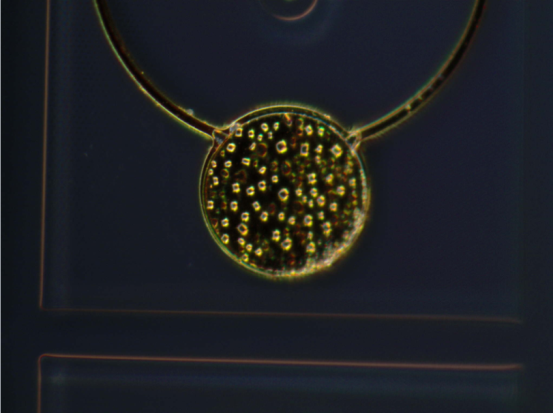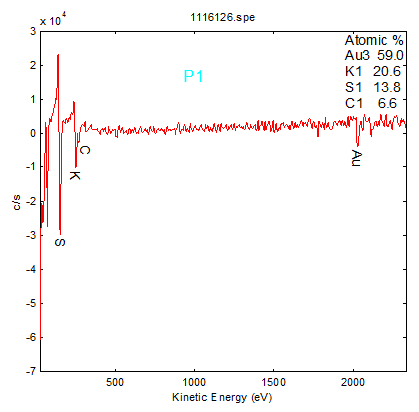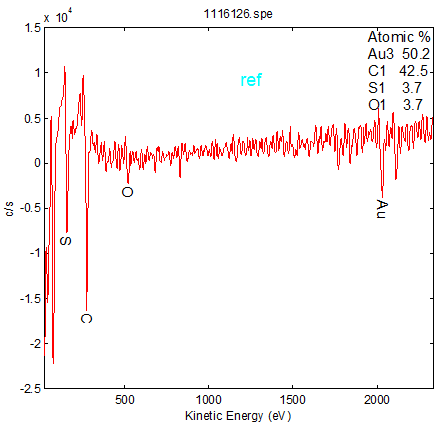- testing
- morphology observation
- microstructure analysis
- surface element analysis
- surface foreign body
- component analysis
- mechanical property test
- thermal analysis
- welding qualification
- ct scan
- nondestructive testing
- cross section analysis
- coating thickness
- flame retardant test
- abration test
- coating quality inspection
auger electron spectroscopy (aes)
| eds | fib |
| aes | xps |
| d-sims | tof-sims |
1. auger electron spectroscopy (aes)
auger electron spectroscopy (aes) is a kind of surface science and material science analysis techniques, and its name is from the analysis of auger electron signal which is formed by auger effect. this effect is produced in the excited atoms of outer electrons jump to low-energy order released by the energy absorbed by other outer electrons and makes the latter escape, the series of events known as auger effect, and the escape of electrons called auger electron, by detecting the auger electron energy and quantity for quantitative analysis. aes is applied to the identification of the surface chemical properties and component, auger electron is from the surface of even a single atomic layer, so its chemical information is only the surface, a small area, shallow depth and nondestructive. widely used in material analysis and catalysis, adsorptions, corrosion, wear and so on
2. what can aes do for customers in product quality?
(1)when the product surface has tiny foreign body, and regular component testing method can't reach accurate qualitative and quantitative analysis to the foreign body, we can choose aes. aes can analyse foreign body composition of 20 nm in diameter, and the thickness of the foreign body is not restricted (can achieve a single atomic layer thickness, 0.5 nm).
(2)when the product surface film is too thin to use normal test for thickness measurement, we can choose aes to analyse, and the use of the deep sputtering function help us test ≥3 nm thick film.
(3)when product is multilevel, every film need to be analysed thickness and composition, d-sims(aes)is accurate.
3. announcements in aes
(1)amples size 1×1×0.5cm, too big samples are unacceptable
(2)avoid the contact of hands and tools with position which need to be tested, the samples should be put into vacuum package or separate with external environment to avoid polluting.
(3)test depth is too shallow, so the samples that have been sprayed god can not be analysed. insulating samples is unacceptable, only conductive samples are good.
(4)element analysis scope li-u, only inorganic matters, no organic matters, detective limit is 0.1%.
4. application example
sample information: fragment of led from client side; to analyse the pollution on the surface of pad.
ng sample confirmation: the fragments of led were observed by using metallographic microscope, many dark spots were found on the surface of pad.

aes: analysis of the surface of pad
as result, position 1 is polluted, position 2 is unpolluted
 |
 |
- learn more
- qualification and honor
- contact us
- contact us
mtt shenzhen
tel: 400-850-4050
fax: 0755-2782 1672
email: marketing@mttlab.com
mtt suzhou
tel: 400-118-1002
fax: 0512-6275 9537
email: marketing@mttlab.com
mtt shanghai
tel: 400-118-1002
email: marketing@mttlab.com
mtt dongguan
tel: 400-116-1002
email:marketing@mttlab.com
